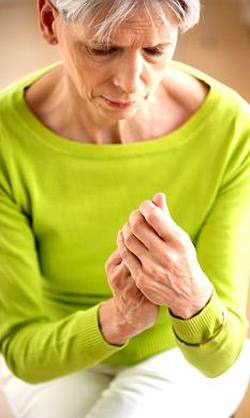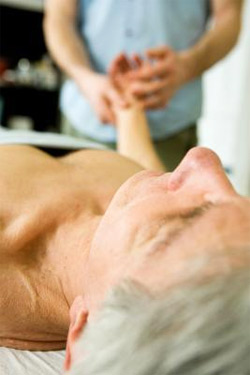|
|
|
 , ,
Font size |
Calcinosis: a Sign of Concern

Extra calcium does
you no good to the body, on the other hand, there is a small risk that if you
take too much you might get a kidney stone, calcification of coronary arteries
and even heart
problem.
According to the National Institutes of Health (NIH), about 99 percent of calcium in
the body is transported to teeth and bones. The remaining one percent dissolves
in the blood. (NIH, 2010) However, a variety of disorders can cause the
remaining one percent to travel to other areas of the body. This one percent can
add up and cause problems over time. Treatment may be required to prevent
related complications.
Too much calcium in the blood, or hypercalcemia, can interfere with bone growth,
brain and hormone function and the contraction of muscles. The buildup of
calcium deposits within the soft tissues of the body is known as calcinosis.
There are several possible explanations for this condition, though in most cases
it's related to parathyroid problems.
These deposits can occur in any soft tissue in the body and often accumulate
near organs, joints and
directly under the skin.
The most common locations for calcium deposits are under the skin of the
fingers, and near the shoulders, knees or elbows, but the deposits can occur
anywhere. The lumps, which are soft and small at first, harden and gradually
grow over time. Depending on their location, they can cause a variety of
uncomfortable symptoms.
Factors Responsible may include:
-
infection of the breast, brain, or kidneys
-
disorders of calcium metabolism, such as osteoporosis or
hypercalcemia (too much calcium in the blood)
-
genetic or autoimmune disorders that affect the skeletal system
and connective tissues
|
When your bloodstream fails to get rid of excess calcium, it can end up in the:
-
arteries of the heart
-
brain (cranial calcification)
-
breasts
-
kidneys (as a part of kidney stones, or calcium deposits in the kidneys)
 In some cases, calcium buildup
is harmless and may be considered a normal part of aging. However, calcification
can disrupt organ function and affect blood vessels. In some cases, calcium buildup
is harmless and may be considered a normal part of aging. However, calcification
can disrupt organ function and affect blood vessels.
Diagnosis involves, X-ray, blood test and mammogram. While calcium deposits are
not always a sign of cancer, people with calcification may be tested for cancer
at the site to rule it out.
Treatment
It depend on where calcium deposits occur, their underlying cause, and what, if
any, complications arise. Once you are diagnosed with calcification, regular
follow-up with your doctor will be required to spot potential complications.
Minor cases of calcification in the arteries aren't considered dangerous unless
the valves start constricting. In this case, you may need surgery to open the
valve or replace it altogether.
Kidney stone treatment can help break down calcium buildup in the kidneys.
Only a doctor can determine whether your case warrants treatment.
Ref:
Dated 14 August 2014
Related links
|
|
|
|
|









